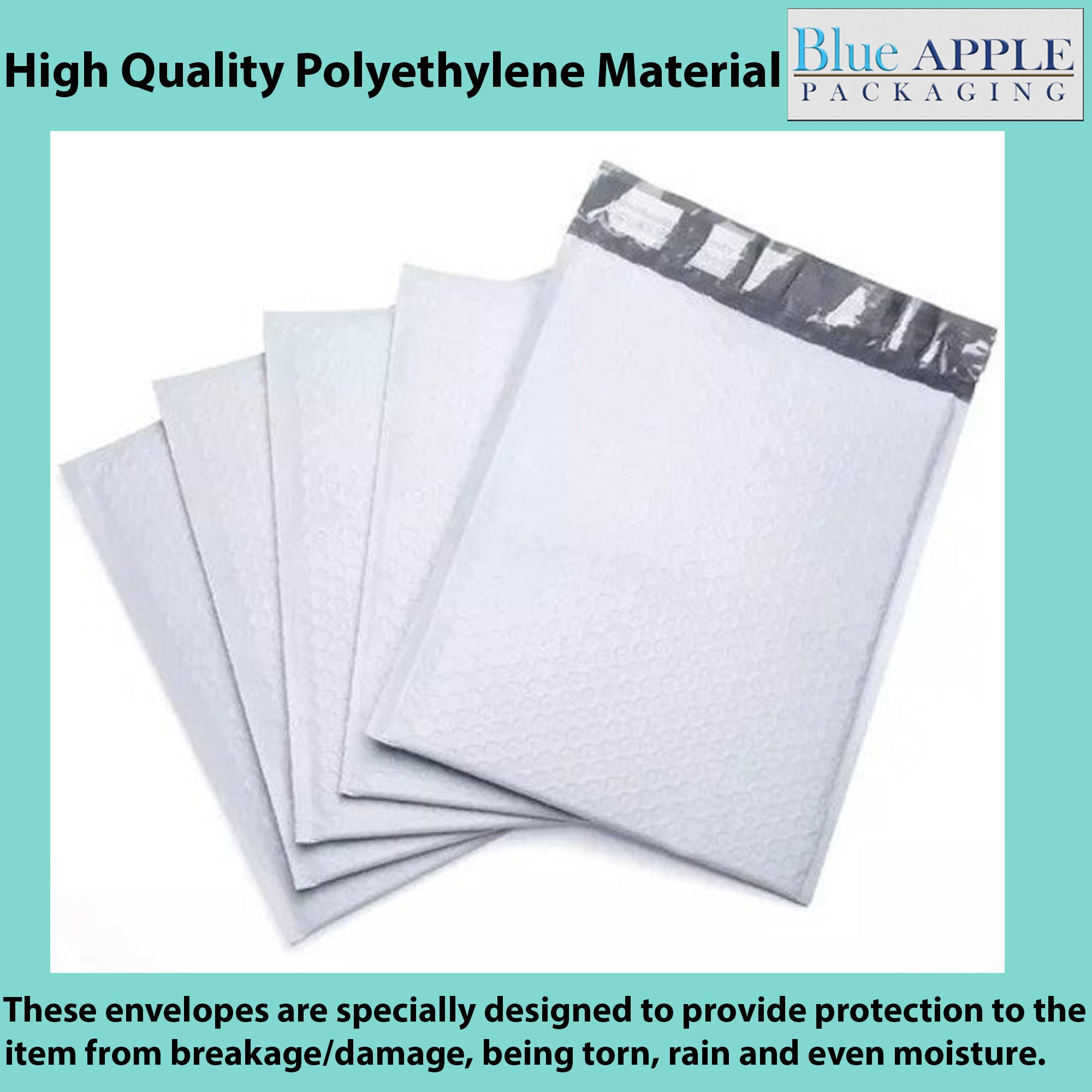Shipping might not be the sexiest part of running a business, but let’s be honest—it’s the part that can make or break a customer’s experience. You could sell the most beautiful handmade mugs in the world, but if it arrives broken, leaking bubble wrap, or in a box that looks like it got kicked across the country, that customer’s probably not coming back.
That’s why setting up your shipping game with the right supplies isn’t just “nice to have”—it’s essential.
Whether you're running your first e-commerce shop out of your garage or managing a small fulfillment warehouse, this article will help you get your shipping setup smooth, fast, and way less stressful. We’ll walk through smart tips, affordable materials, and some funny (but true) lessons we’ve all learned the hard way.
Organizing Your Packing Station = Faster, Smoother Shipping
Here’s a big one: a messy packing station kills productivity.
Imagine trying to pack 30 orders when your tape dispenser is missing (again), the poly bags are buried under a stack of empty boxes, and your shipping labels are stuck together. Sounds like a nightmare? Because it is.
Set up your packing station like a pro:
Use wall-mounted tape guns, label holders, and shelving.
Label bins by size or type: small poly mailers, poly bubble mailers bubble wrap, thank-you cards.
Keep your printer, scale, and computer in the same zone so you’re not sprinting like an Olympic athlete between each order.
Hot tip: If you're hiring help, an organized setup keeps everyone on the same page and reduces mistakes.

How Poly Bags Speed Up Fulfillment (And Save You Cash)
Poly bags are a lifesaver—especially when you're shipping soft, non-fragile items like clothes, accessories, or anything lightweight.
They're:
Easy to store
Quick to use (drop item in, seal, stick a label)
Super affordable in bulk
And light—saving on shipping costs!
If you’re packing dozens of T-shirts or jewelry orders a day, poly mailers can cut your packing time in half. Unlike boxes, they don’t require assembly. Plus, they take up less space in your warehouse—or living room, if that’s your current HQ.
For eco-conscious businesses, you can also get biodegradable or recycled-content poly bags, which your customers will appreciate.
Using Plastic Tarps for Bulk or Batch Shipments
If you’re dealing with large or batch shipments—like sending out full pallets of products to wholesalers or retail stores—plastic tarps are your best friend. clear plastic sheeting
A tarp acts like a giant protective shield, keeping your goods safe from dust, water, or even the occasional warehouse oopsie (forklifts happen). Wrap the pallet, throw a tarp over it, then secure it all with shrink wrap.
Bonus: They’re reusable and easy to fold when not in use, unlike some packaging that turns into an unholy mess once opened.
Create a Cost-Efficient Workflow (Without Overcomplicating It)
Efficiency doesn’t mean “buy expensive software and hire a 10-person team.” It means simplifying.
Here’s how:
Standardize your packaging sizes. Use 2–3 box sizes max. This makes picking the right size quicker and easier.
Order supplies in bulk. Less frequent ordering = better pricing and fewer headaches.
Pre-pack popular items during slow hours so you can just slap on labels during rush periods.
Automate what you can—like syncing orders from your website to your shipping software.
Also, always keep a “buffer stock” of core supplies (labels, tape, poly bags). Running out of tape in the middle of a sale rush? Not fun.
Don’t Skimp on Labels (Seriously)
We’ve all seen it: someone tries to save money by using cheap shipping labels, and suddenly half their orders are unreadable, late, or returned.
Use quality thermal labels, and invest in a reliable label printer. It’s a one-time cost that saves hours down the line.
Bad labels = lost packages = bad reviews = stress eating Oreos at 1 a.m.
Cushioning is Not Just for Pillows
Bubble wrap, air pillows, foam sheets—they’re not optional if you sell anything breakable.
Think of it like this: if you wouldn’t drop it from waist height onto concrete without protection, it needs cushioning.
And don’t overdo it either. Customers hate unboxing a tiny candle inside a shipping box packed like it’s holding diamonds. Use the right size box and the right amount of padding.
Software Tools = Shipping Superpowers
There are tools made for small businesses to handle shipping like a boss. Apps like:
ShipStation
Pirate Ship
EasyShip
These sync with your store, let you print shipping labels in bulk, track shipments, and even compare copyright rates. It’s like having a shipping assistant that never asks for a raise.
Train Yourself and Your Team (Even if It’s Just You Today)
Write down your packing steps. Stick them on the wall. Get consistent.
Something like:
Pick order
Verify item
Package securely
Attach label
Scan to confirm
Place in bin for pickup
Even if you’re a one-person show now, these habits will save your sanity later when business scales or you hire help.
Final Thoughts: Pack Smart, Ship Fast, Stress Less
Shipping efficiency isn’t about being perfect—it’s about being smart. With the right supplies and a bit of planning, you’ll pack faster, ship better, and spend less time fixing mistakes.
Remember: every time you ship a product, you're sending out a piece of your brand. Make it count.
Because nothing says “I care about your order” like a neatly packed box, arriving on time, with no drama.
So go forth. Tame your tape rolls. Respect the poly bag. And let your shipping station be the quiet hero of your small business success story.